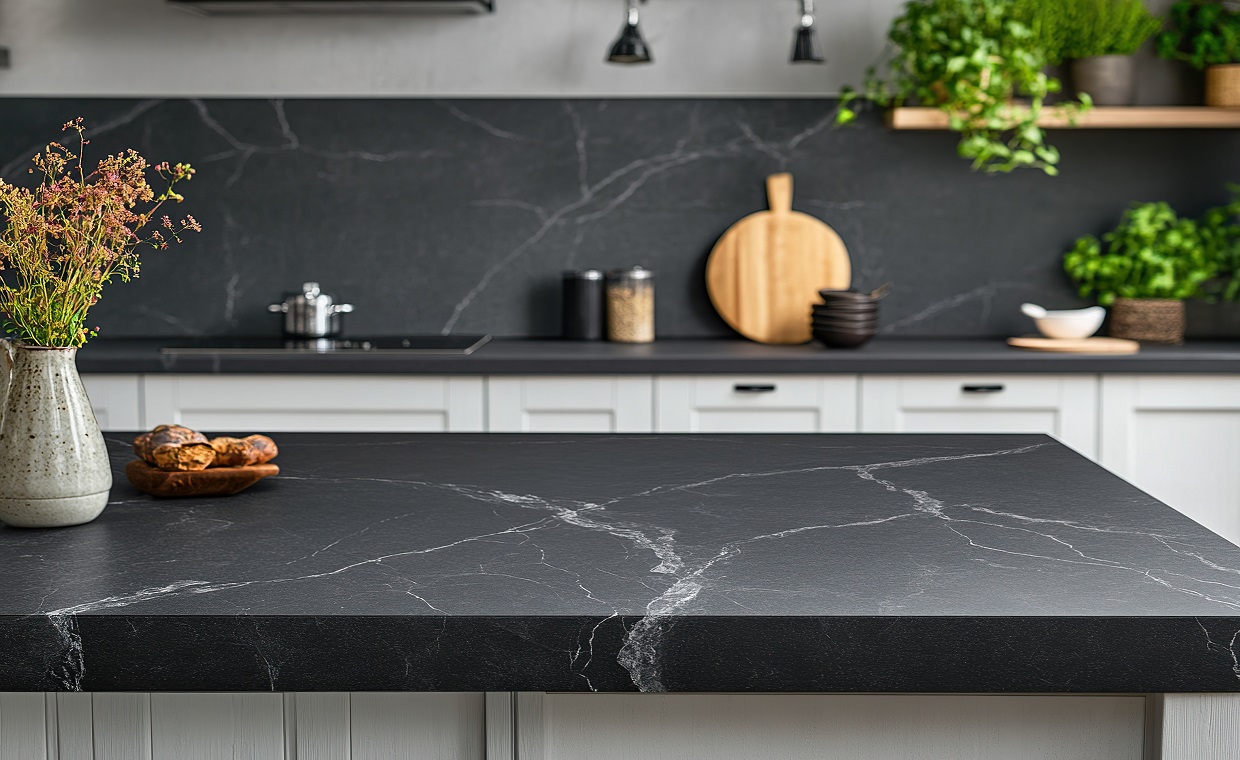
Diversity in Indian Architectural Styles
As they say, “Art and architecture are true manifestations of the culture of a period because they reflect the mind and approach of the society”. India is probably the only country in world with the most versatile architectural history.
We have beautiful Stupa from Buddhism to boast, mesmerizing temples in south India and some most exquisite jewels of Mughal’s in North India. Time is changing and today architectural professionals in India are challenged every day and are gearing up for the millennial India, which is demanding and modern yet wanting to embed the traditional culture of India.
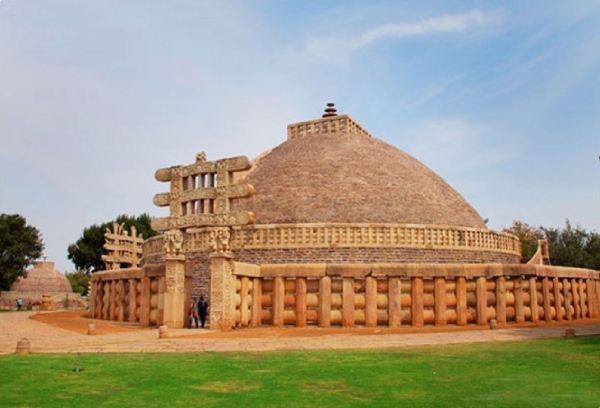
Sanchi Stupa

Minakshi Temple, Madurai
At the same time, a marked change in technology, changing demand and influence of western countries have paved the way for these transitions which are in a way pleasing and welcome. All through our history, our architecture has been inspired by many styles and it still continues to draw inspirations from some of the most iconic structures like old domes, temples based in South India and Minarets that boast of intricate and delicate work and calligraphy. The architecture styles in India are rooted in its history, religion and culture. India is also famous for its historic monuments.
The millennial India and its architecture is delicately intermixing the contemporary style with the deeply rooted value system that the Indian culture is proud of. Today architecture is all about style, luxury, valour, and beauty but definitely not leaving our traditions which intricately embedded in them.
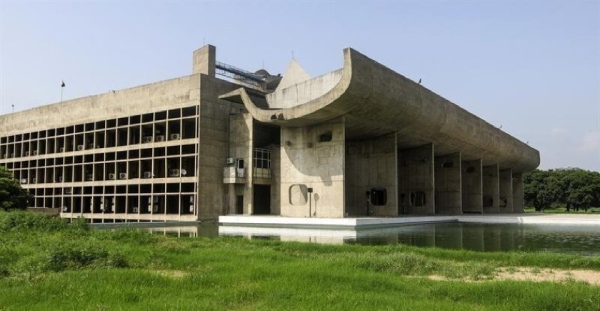
Le Corbusier’s Assembly Building

British Council building
The modern architecture in India is evolving and a lot credit goes to Le Corbusier’s work especially because today buildings and structures are less ornate and depict a sense of expression and boldness. The new era of planning and design started when Le Corbusier designed the most well planned capital city of Punjab – Chandigarh.
Even with the use of same basic materials the agility in the structure and formation of the building is more about cutting-edge technology. For sure the use of traditional raw materials has been taken over by materials like glass and steel to give more stylish, modern and contemporary look to any building.
There were famous buildings which introduced the Modern Movement in India. If you want to know more about it, here you go: Famous Buildings that Introduced the “Modern Movement” in India!
Read on to further know about the transition in architectural styles in India.
Urbanization and its Impact on Architectural Styles in India
Cities are expanding their radius continuously as urbanization in India is pacing faster than our imagination and this is leading to suburban becoming a part of the city. For sure we have experienced an increase in the trend of people drifting from rural areas to cities in quest of better living conditions. This trend is contributing to the inherent socio-economic imbalance prevalent in India. Adding to the annoyance, there is a rapid growth in building and construction technologies.
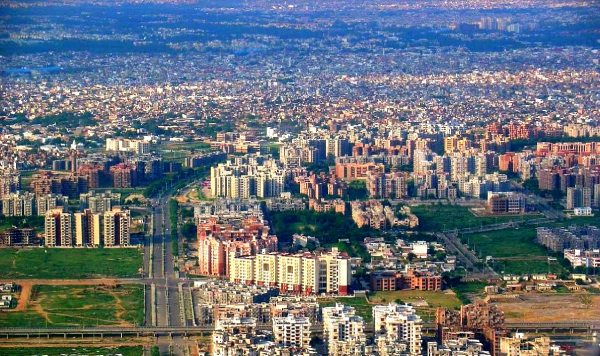
Rapid growth of Urbanization
Government is working on the growth of infrastructure, roads and many affordable housing projects. This would mean development in terms of betterment of living standards. But this trend still puts immense pressure on the government, to provide abodes to people who have been displaced owing to their lands getting used for development.
One big reason for this the unstoppable increase in population. Real estate prices have zoomed up as demand is high but lands are becoming scarce in availability. The increase in high rise buildings is defining the skyline of metro cities and that trend continues to evolve even in Tier 2 cities.

Collectorate Office Complex, Vyara (Gold Rated Gujarat’s first Green Building)
Modern buildings of India are becoming responsive to ecology and environment and are being designed in a manner deemed fit for sustainability of ecosystem. These buildings are also designed to withstand different environmental conditions.
Globally, architecture has seen rapid changes over the time. Read on to know more about architectural styles through the ages.
In Rendezvous with Modernism
Western countries not only inspire the architectural designs in India. But, Indians has always looked at getting their work validated with benchmarks set by the west. Though mechanization cuts cost and time, developing nations like India still tends to use primitive technology unlike the developed countries that are using more advanced technology. India lagged behind the developed countries in the use of advanced technology in construction because developers need a huge capital investment to spare to acquire sophisticated machinery, which is a concern.
But despite this, modern-day schools of architecture are resorting back the older techniques and designs that are pride of our country. For sure, it is a good idea to study changes in architecture in different centuries making comparisons easier.
19th Century
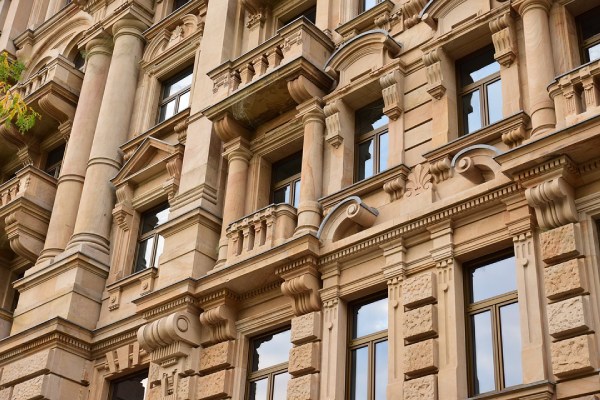
Colonial Building
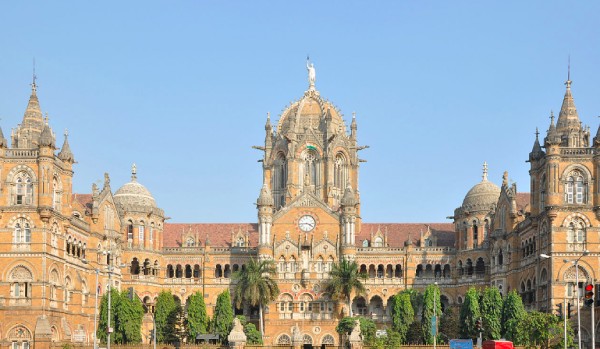
Chhatrapati Shivaji Terminus
Along with many more changes, The British colonisation largely impacted the building structures and designs in India. Kolkata was the colonial capital of India, and it was rife with buildings embellished in the Neoclassical European architecture.
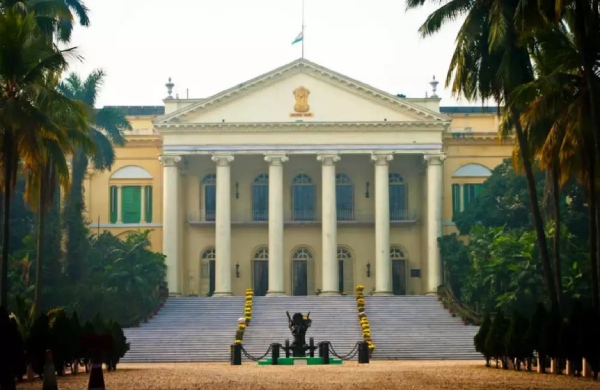
Government House, Kolkata
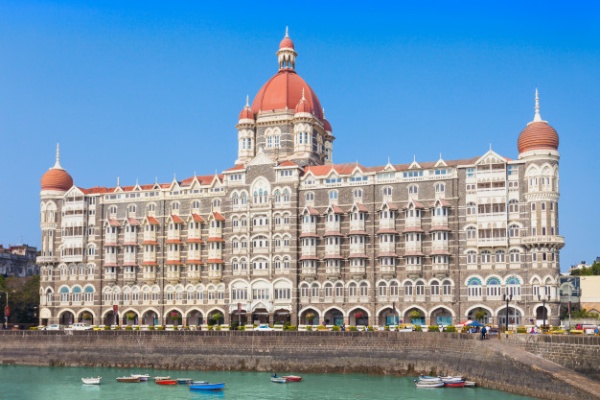
Hotel Taj, Mumbai
The Government House in Kolkata is a striking example of the same. The main edifices constructed and designed during the British rule were designed by British architects who were motivated by the Colonial Architecture. There were very few Indian architects at time, and they didn’t have an access to this form of architecture.
20th Century
During 20th Century for ruling a massive country like India, Britishers choose New Delhi as their capital and for laying the foundation of New Delhi especially important buildings like Secretariat and Viceroy’s House the leading architects of the British were called. The style was more bent towards European classic style but was a natural progression of the 19th Century styles. By now India was becoming impatient and relentlessly aiming for Independence but the first half of the 20th century too was dominated by British Architects changing the face of India.
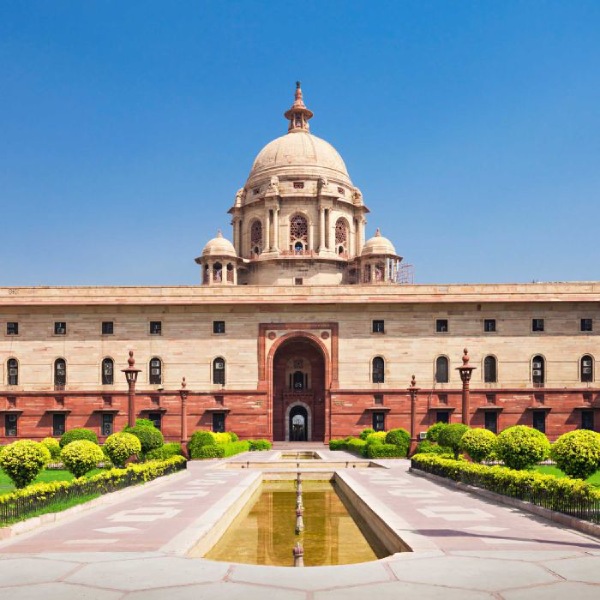
Viceroy’s House , Delhi

Ripon Building, Chennai
With Independence a new chapter of architecture began and needs of architecture are reconditioned. Pre-independence era of construction was mostly relying upon royalty, class and religion, but when India became independent there was an urgent situation-based construction which was required then.
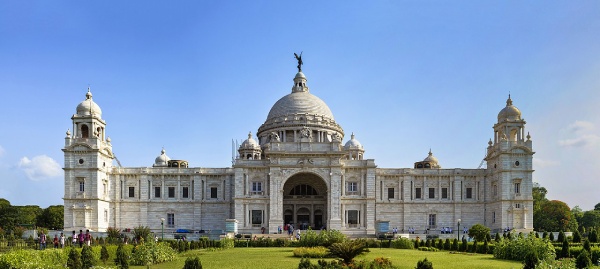
Victoria Memorial
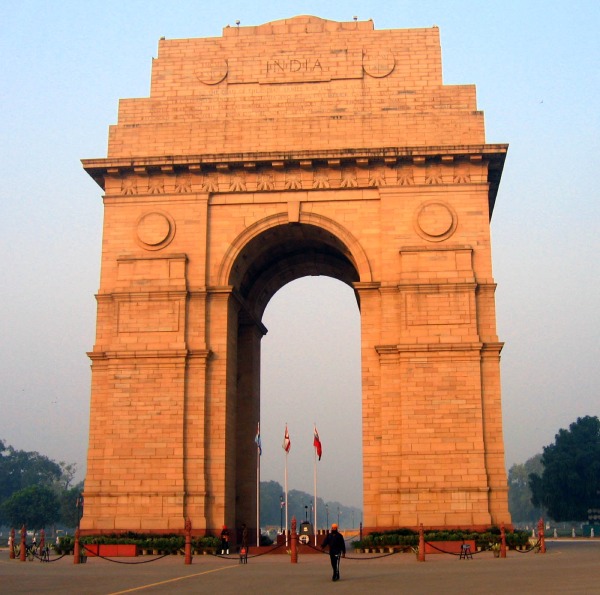
India Gate
And then came the phase where Industrialization was evolving and this was surely required for growth and financial healing of our country. But this too bought its own set of problems and pressurized town planning and basic amenities. People started migrating from rural areas to urban areas where housing was a major concern.
Industrialization

Industrialism: An age of change
Industrialism which was a pillar of strength for India spawned its problems of townships and civic amenities for workers. In search for employment and dream of better living conditions people migrated from rural areas to existing cities, which also strained already, meager housing capacities of existing cities. Now this problem of providing dwelling spaces was a herculean one because the demands for dwelling units rise at 17000 units per year and currently more than 8, 00, 00,000 units were needed to fill the huge gap. Around twenty five years ago this gigantic problem was a big threat to India and to face this there were very few Indian architects in the country and practically no planners.
Today also the need of affordable housing for the economically weaker section or commonly known as the labour class is a staggering problem in our country. And some of the major reasons restricting private sector participation and affecting the growth of affordable housing are:
- lack of suitable low cost land;
- faults in the development norms, planning and project design;
- low profit margins;
- high cost of funds for construction finance;
- lengthy statutory clearance and approval process;
- lack of suitable mechanism for maintenance;
- Capacity constraint or inadequate capacity of the implementing agencies (Deloitte, 2016).
There is a wide gap in the socio-economic society in India. We have super rich who can afford every luxury in world along with many homeless people who are fighting for a roof on their head. The Inequality is economic inequality, which could be by income or by accumulated wealth.
Modernistic Approach
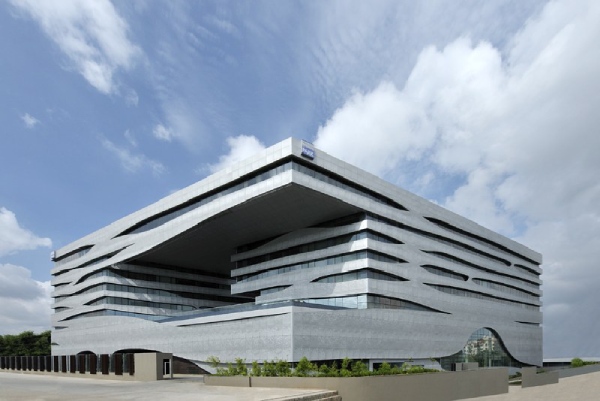
The Park Hotel, Hyderabad
There is a great heritage and rich legacy of architecture in numerous palaces and many other rare structures that defines us. Modern day architects are combining this with international architecture and its innovation. This has enabled Indian architects to discover and amalgamate their styles to give rise to Modern Contemporary Indian Architectural styles.

IIM Campus with a Modernistic Approach
New age architects are creating their own niche in the domain of modernistic design and construction. These days’ works of architects combine social equity and conservation. Many structures of historical value and grandeur are rehabilitated to give a modern touch and luxury, at the same time conserving their historic relevance.

LIC Office Building, Gift City Gandhinagar
India’s new skyline is prominently dominated with high rise in steel culture; this for sure defines the need and urges of modern India. High-rise construction was a powerful tool for the evolution of construction and related technologies. This was necessary for the developing mega-high-rise clusters, as in the 21st century; there are enough reasons for implementing a new concept of development in the form of vertical cities. The expression of “Sky is the limit” has been defined effectively with these modern outings.
Globalization and urban development have resulted in a boom in the real estate sector have encouraged the gushing in investments. With the now available resources it possible for the rich to become more-demanding in terms of what they want. For sure newly found power of investment and resources, architects are creating new definitions of architectural designs and language. The concept of urbanization became live, the boundaries of cities were extended beyond the borderline town and new definitions of setting a city came into being. Urbanization is not merely a modern phenomenon, but a rapid and historic transformation of human social roots on a global scale, whereby predominantly rural culture is being rapidly replaced by predominantly urban culture. Urbanization is creating an assortment of modern, interrelated, ecological, physical and community changes related to the planning of various buildings including, malls, offices, and townships.
Climatic Conditions
Climatic condition of India can impact the design and construction of structure in Urban India. The challenge is creating affordable housing with comfortable living conditions that is energy efficient too. There is a lack of proper architectural designs for buildings in warm and humid climates. Architects follow international trends or the architectures of temperate countries without any climatic considerations. Architectures in developing countries mostly rely on engineers to fix the indoor climates. This can be done, but with high annual costs for energy and maintenance. The building with consideration or planning for orientations of climatic conditions with regards to solar radiations and wind are getting preferred. Construction materials in warm and humid climates are becoming as light as possible with minimal heat storage capacity. This comfortable living space which is low on energy consumption can be achieved by having high windows and provision to open rather than fixed to allow for the air to flow through.
Where is Indian Architecture Heading?

Modern Architecture – Chhatrapati Shivaji International Airport
There is no doubt that India boasts a rich history of architecture right from caves and palaces to modern buildings that seem to have its own identity. We have the best of best designers to design India’s Future. In a country like India where space is the biggest constraint and swelling demand of urbanization seems to be a big concern, India’s architecture is trying to give its best in a constrained atmosphere. The new architecture of India showcases innovation, diversity in materials used and unconventional forms used in construction. India is soaring new heights in the modern and inspiration drove architecture and only time will prove that despite all the challenges India is ready for a brilliant transformation.
Image Courtesy: Image 1, Image 4, Image 5, Image 13 – tatacliq, Image 16, Image 17
Author Bio
Sangeetha Rathore – Sangeetha Rathore wouldn’t call herself an author, but a curator of words to make a difference in the lives of people. She began her writing voyage by penning delicately crafted articles on parenting and life. Over the years, she has evolved into a story teller, with many works published on leading websites. An alumina of prestigious Stella Maris in Chennai, she dreams to make big with a pragmatic approach, and envisions her stories on the big screen one day soon!





























